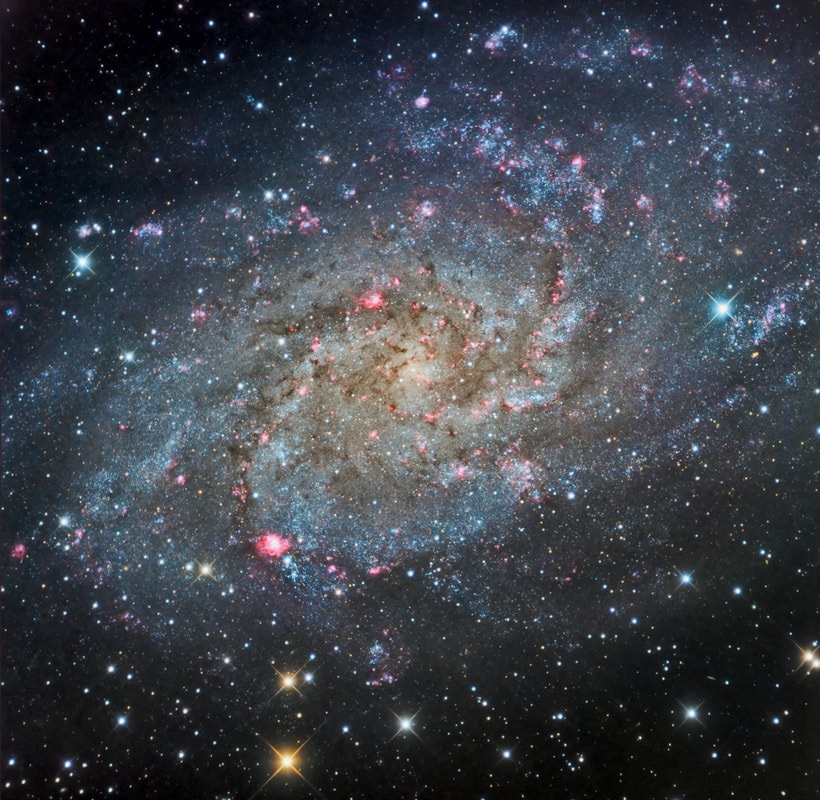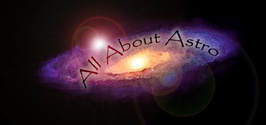M33 - The Pinwheel Galaxy in Triangulum
|
Observatory: The Conley Observatory - Data acquired via remote from Grapevine, TX
Location: Comanche Spring Astronomy Campus (CSAC), Three RIvers Foundation, Crowell, Texas Seeing: 6/10 Transparency: 9/10 Temperature: 24 to 42 degrees F (-30c on camera) Date: November 21-22, 2017 |
Scope/Mount: 12.5" RCOS RC f/9 and Paramount ME mount
Camera: FLI PL-16803 astro CCD camera Filters: AstroDon Gen 2 Tru-Balance LRGB with 3nm h-alpha spectral band Guider: Off-axis via MMOAG and SBIG STi camera Exposure Info: LRGB plus Ha image; 250 x 10 minutes L; 12 x 5 minutes Red; 12 x 5 minutes Green; 12 x 5 minutes Blue; 6 x 15 minutes H-alpha (all color data binned 2x2) Total Exposure Time: 8 hours and 40 minutes |
Processing Information: Acquisition in TheSkyX Professional. Calibration (darks, flats, & bias), Registration (StarAlignment), and Integer Rescale (to upscale RGB) in PixInsight. MultiscaleMedianTransform (wavelet noise reduction), Histogram Transformation, LocalHistogramTransformation, HDRMultiscaleTransform, and ColorCombination in PixInsight. LRGB combine, cropping, color balance, levels/curves, and sharpening (hi-pass) in Photoshop CS6. Color Blotch Reduction, Deep Space Noise Removal, and Local Contrast Enhancement in Photoshop via Noel Carboni's Astronomy Tools Actions for Photoshop.
Subject Notes: Over 2.7 million light years away in the constellation of Triangulum. Known as the "Triangulum" or "Pinwheel" galaxy. It is of a grand spiral design, one of the largest galaxies in the night sky from our point of view, easily 1/2 degree across (the apparent size of our moon). M33 serves as a good test for truly dark skies...an easy naked eye object in magnitude 7 skies (Bortle 2) or better. The amazing number of visual HII regions, showing as reddish-pink in the image, is the key feature of this galaxy. Astrophotographers will often take extra h-alpha spectral band data (as I have also done) to add to the LRGB mix to make these regions "pop." I used a bit more restraint in this regard than most, since the regular data LRGB showed them sufficiently enough for my tastes. Even so, the h-alpha data did serve to yield small amounts of detail in those areas, as well as a slightly darker red color.

